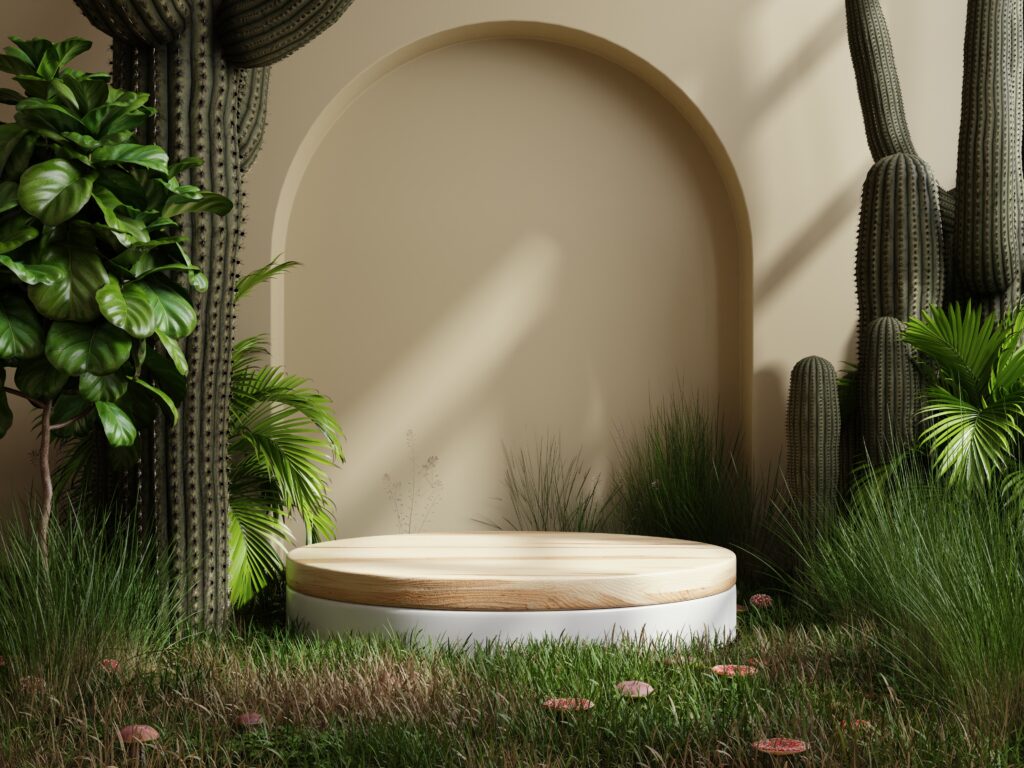In our fast-paced lives, the allure of a garden that requires minimal upkeep yet flourishes with vibrant life throughout the seasons is irresistible. Designing a low-maintenance garden that thrives year-round is not only achievable but can also bring joy and tranquility to your outdoor space. By incorporating smart design principles, selecting the right plants, and implementing efficient maintenance strategies, you can create a garden that is both beautiful and easy to care for.

Start with a Solid Plan
Before breaking ground, take the time to develop a clear plan for your low-maintenance garden. Consider factors such as the size and shape of your space, the amount of sunlight it receives, and the climate in your region. Sketch out a rough layout, taking into account pathways, seating areas, and focal points.
Choose the Right Plants
Selecting the right plants is crucial to the success of a low-maintenance garden. Opt for species that are well-suited to your climate and soil conditions, and that require minimal watering, pruning, and fertilizing. Native plants are often a great choice, as they are adapted to the local environment and tend to be more resilient against pests and diseases.
Incorporate a mix of evergreen and deciduous plants to ensure year-round interest and color. Evergreens provide structure and stability to the garden, while deciduous plants offer seasonal variation and visual appeal. Choose a variety of textures, heights, and bloom times to create depth and visual interest.
Focus on Perennials
Perennials are the backbone of a low-maintenance garden, as they come back year after year without the need for replanting. Choose perennial varieties that are hardy, disease-resistant, and low-maintenance, such as lavender, ornamental grasses, sedum, and coneflower. These plants require minimal watering and pruning once established and provide long-lasting beauty throughout the seasons.
Minimize Lawn Areas
Lawns can be one of the most time-consuming elements of a garden to maintain, requiring frequent mowing, watering, and fertilizing. Minimize the size of your lawn by replacing large expanses of grass with alternative ground covers, such as gravel, mulch, or drought-tolerant plants. Create defined borders and pathways using hardscape materials such as stone or brick to reduce the need for edging and trimming.
Implement Efficient Irrigation Systems
Watering is often the most time-consuming aspect of garden maintenance, but with the right irrigation system in place, you can significantly reduce the time and effort required to keep your garden hydrated. Consider installing a drip irrigation system or soaker hoses to deliver water directly to the roots of your plants, minimizing evaporation and runoff. Incorporate rain barrels or a rainwater harvesting system to collect and store water for future use, further reducing your reliance on municipal water sources.
Mulch for Moisture Retention and Weed Control
Mulching is a simple yet effective way to conserve moisture, suppress weeds, and improve soil health in your garden. Apply a layer of organic mulch, such as wood chips, shredded bark, or compost, around the base of your plants to retain moisture, regulate soil temperature, and inhibit weed growth. Mulching also helps to improve soil structure and fertility over time as it decomposes, reducing the need for additional fertilizers.
Group Plants with Similar Needs
When designing your garden, group plants with similar water, light, and soil requirements together to create microclimates that mimic their natural habitat. This not only simplifies watering and maintenance tasks but also promotes healthier, more resilient plants. Pay attention to factors such as sun exposure, drainage, and soil type when grouping plants, and adjust accordingly to ensure optimal growing conditions for each species.
Incorporate Low-Maintenance Features
In addition to selecting low-maintenance plants, consider incorporating other features into your garden design that require minimal upkeep. Drought-tolerant shrubs, succulents, and ornamental grasses are excellent choices for adding visual interest with minimal maintenance. Install landscape lighting to highlight key features of your garden and extend its usability into the evening hours. Create habitat areas for beneficial insects, birds, and other wildlife to help maintain a natural balance and reduce the need for chemical pesticides.
Regular Maintenance
While the goal of a low-maintenance garden is to minimize the time and effort required for upkeep, some maintenance tasks are still necessary to ensure its continued health and vitality. Schedule regular inspections to check for pests, diseases, and other issues, and address them promptly to prevent spread and damage. Deadhead spent flowers, prune overgrown branches, and remove debris to keep your garden looking tidy and well-maintained.
Designing a low-maintenance garden that thrives all year round requires careful planning, thoughtful plant selection, and efficient maintenance strategies. By incorporating these principles into your garden design, you can create a beautiful outdoor space that brings joy and relaxation with minimal effort. Whether you’re a seasoned gardener or a novice enthusiast, a low-maintenance garden offers the perfect balance of beauty and simplicity for busy lifestyles.
